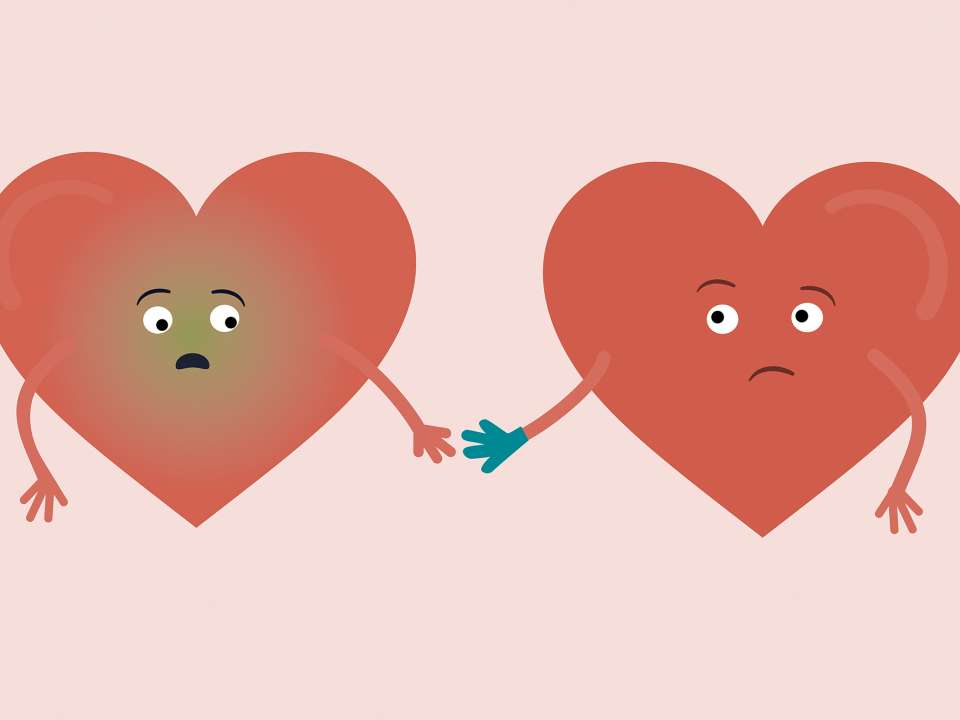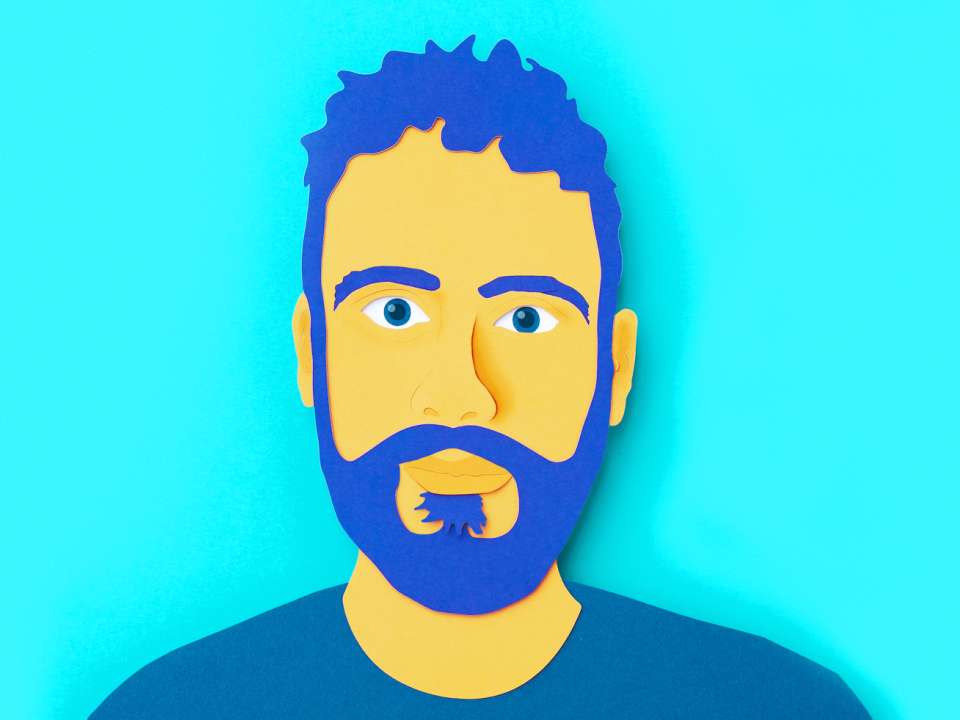
If you’ve ever noticed that when you’re driving at night, you feel like you have goggles on, and the streetlights and headlights around you are surrounded by halos or starbursts, you’re not losing it. Rather, it could be a sign of a condition called astigmatism.
What is astigmatism?
Astigmatism is a common eye problem that can blur vision. It happens when the cornea (the clear front layer of the eye) or the lens (the structure in the eye that fine-tunes your focus) has an abnormal shape, distorting your vision.
“I usually tell people that this is happening because of a slight deviation in the curvature of their cornea,” says Dr. Brian Chou, a neuro-ophthalmologist at UW Medicine and an assistant professor in UW School of Medicine’s Department of Ophthalmology. “Astigmatism occurs when the surface of your cornea is shaped kind of like a football — one slope is steeper than the other, as opposed to a basketball where everything slopes the same. The steeper slope focuses the light at a different place than the flatter slope, so the person is not quite able to see clearly. It’s blurry.”
Astigmatism is surprisingly common, with more than 30% of people in the U.S. developing the condition at some point in their lives. Some people will never notice that they have astigmatism and will never need treatment. Others will have blurry vision and need to squint to see clearly, which can lead to headaches, eye strain and trouble seeing at night.
How does astigmatism affect night vision?
If you struggle to see clearly at night, it could be for a variety of different reasons, from myopia to a retinal degenerative condition. But a likely culprit is astigmatism.
Chou explains that blurry vision from astigmatism may be more noticeable at night when it is harder for everyone to see (due to, you know, the darkness). He notes that it is often possible to compensate for the distortion caused by astigmatism in daylight, but this becomes more difficult when the light dims. This is when the starburst effect of bright light is most apparent.
What causes astigmatism?
Astigmatism can develop for a variety of reasons. It can be genetic or caused by an eye disease or injury. Astigmatism can also occur alongside other vision conditions like myopia (nearsightedness) and hyperopia (farsightedness). Together, these vision conditions are called refractive errors because they affect how the eyes bend or refract light.
How do you treat astigmatism?
Thankfully, according to Chou, the answer is simple: “Glasses or contacts will help bend the light back to normal so it’s in focus again.” Here is more information about your options.
Glasses and contacts
If you’re experiencing blurred vision, schedule an eye exam. Your optometrist or ophthalmologist will perform a refraction test to see if you need a glasses prescription and to check for astigmatism.
Some people will be diagnosed with irregular astigmatism, which means the abnormality is seen across multiple axes, leading to multiple zones being out of focus. Irregular astigmatism requires special contact lenses.
Surgery
Laser surgeries, like LASIK or PRK, may also be an option if you don’t want to wear glasses or contacts, though Chou recommends seeing a cornea specialist for an evaluation to understand both the risks and benefits. Another procedure called a refractive lens exchange involves removing your eye’s natural lens and implanting an artificial one (called an intraocular lens). This treatment is also used for cataracts and carries its own risks, like needing reading glasses for close-up vision afterward.
Eye drops
Chou also recommends keeping your eyes lubricated with eye drops.
“Dry eyes can induce refractive error,” he says. “If the surface of your eye dries out, it can get bumpy, like dry skin.”
When light enters your eye, the dry surface scatters it, which can cause astigmatism, blurry vision, or haloes or shadows around objects you’re looking at.
Avoid dangerous situations
Finally, put yourself in the right scenarios: For example, driving at night or during bad weather, when it’s harder to see, creates more challenges for your vision on top of the blurred vision from astigmatism. If you can, ask someone else to drive in those conditions (or call a ride-share or take public transit).
Astigmatism can be frightening at first, especially if your vision appears blurry after dark. But the truth is that it’s incredibly common. So, if you’re suddenly surrounded by starbursts in your vision at night, book a chat with your ophthalmologist to make a game plan.

 Healthy ideas for your inbox
Healthy ideas for your inbox





